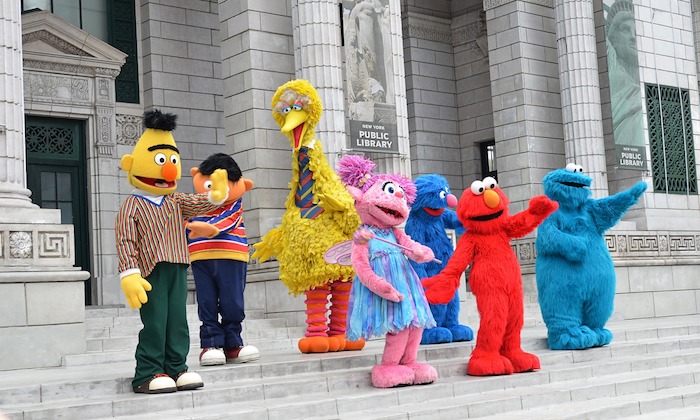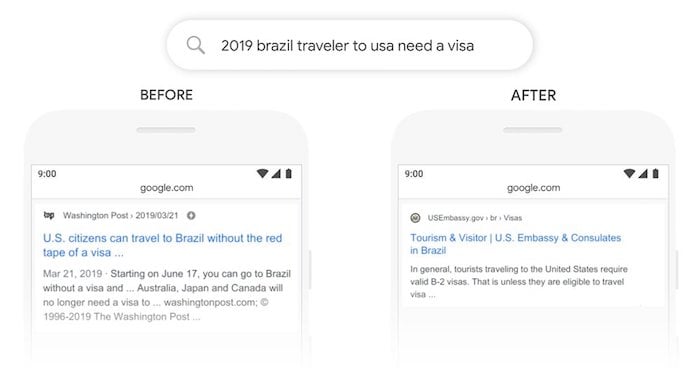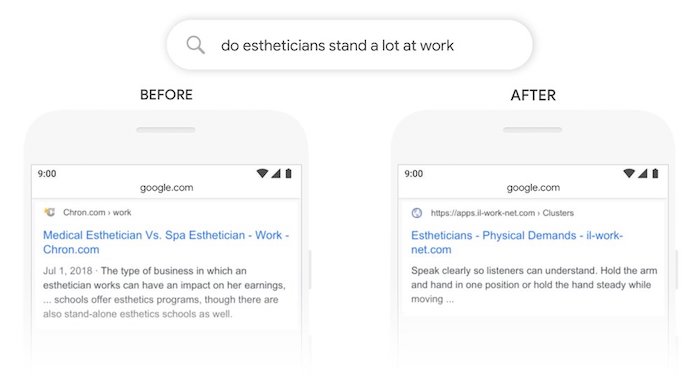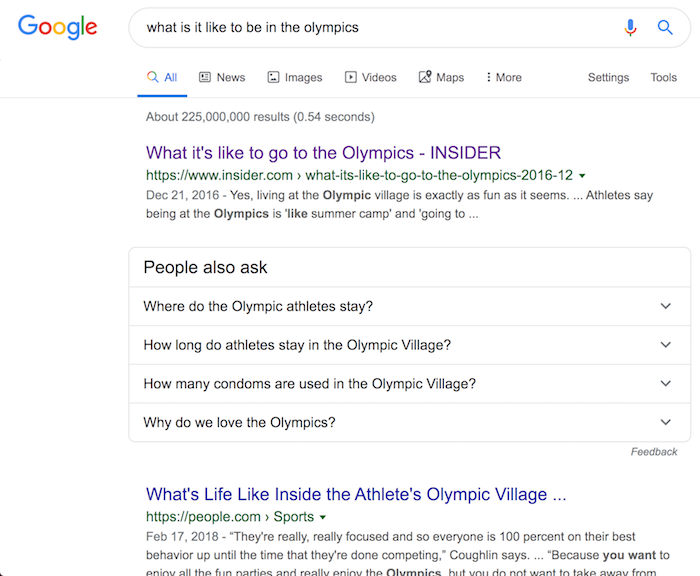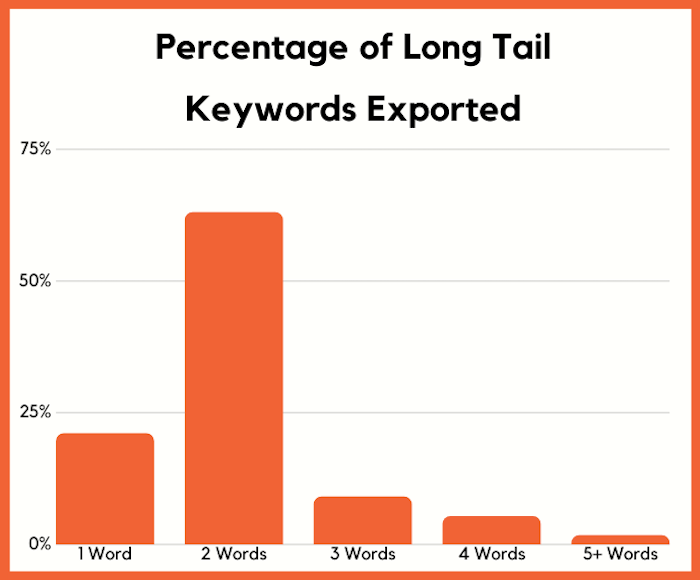Transcript of Getting the Meeting with Contact Marketing written by John Jantsch read more at Duct Tape Marketing
Back to Podcast
Transcript

John Jantsch: When you work for a big brand, run your own small business, do freelance work, doesn’t matter, getting traffic to your website is always an issue. It’s why I love tools like Ahrefs. It’s an all-in-one SEO tool set that’ll help you solve that problem, and they have a seven-day trial for only $7. Head over to ahrefs.com to sign up.
John Jantsch: Hello, and welcome to another episode of the Duct Tape Marketing podcast. This is John Jantsch, and my guest today is Stu Heinecke. He’s a marketer, a Wall Street Journal cartoonist, a bestselling author, and the founder of cartoonists.org. But he’s also the author of a book we’re going to talk about today called Get the Meeting: An Illustrative Content … Nope, contact. And I’m glad I messed that up, because it gives me a chance to highlight the difference … Contact Marketing Playbook. So Stu, thanks for joining me.
Stu Heinecke: Hey, thank you so much. Thanks for flubbing that up because that’s exactly what we need to do.
John Jantsch: Before we get into the book itself, are you still doing the cart … How do you say that? Cartooning? Is that how you’d say that?
Stu Heinecke: Yeah. I’m deeply, deeply involved in cartooning, not only as a cartoonist, I mean, I’m still submitting to the Wall Street Journal, but also I and a group of New Yorker and Wall Street Journal … I should put it the other way around. Wall Street Journal and New Yorker cartoonists have founded this new thing called cartoonists.org, so we’re using our cartoon art to help charities raise funds.
John Jantsch: So you take something that was maybe published and sell the original in a blown up fashion or something like that?
Stu Heinecke: Well, not yet.
John Jantsch: But that’s the plan?
Stu Heinecke: It’s sort of the … Yeah, it’s sort of that … We’re taking cartoons that they might’ve been published or they might not have been. We’re really choosing them based on, well, who would buy this cartoon? Where would they put it into their home? Because now we’re talking about framed, or at least, hanging art. So what cartoons would make sense in what rooms? Cartoons about cooking in the kitchen, of course, and maybe maybe a cartoon about a dinner party going off the rails would be great in the dining room, that kind of stuff. So that’s what it is. They’re all prints at this point, hand-signed prints, but not originals.
John Jantsch: Okay. But also you’ve done a lot of business ones. I could see a lot of office art coming out of some of your ones that have appeared in the Journal.
Stu Heinecke: Yeah, absolutely.
John Jantsch: And giving back a little bit, helping some charitable organizations. So Get the Meeting is really a companion, so we probably should start there, to How to Get a Meeting with Anyone. And those of you that are long time listeners will remember that Stu was on when that book came out, so maybe go back and re-listen to that, but we’ll talk a little bit about it today. So I guess we first should start with the description or definition of contact marketing. What is it?
Stu Heinecke: Well, yeah. I’m glad you asked, and glad you mixed it up a little bit with content marketing in the beginning because it’s not content marketing and it’s a good thing to emphasize that. But contact marketing is a, it’s a fusion of marketing and selling. That’s important because so often in bigger companies, I know your audience is actually smaller companies, but still it seems like those two functions within companies, maybe even within the people’s minds, too, are just highly siloed. And so one doesn’t talk to the other, one doesn’t really interact with the other very well. There’s a lot of friction between marketing and sales. But here, it’s a combination of marketing and selling using micro-focused campaigns to help a sales rep break through to someone of great importance, so really these are top accounts, not prospects.
John Jantsch: So maybe kind of illustrate that. No pun intended because your illustrative book, but kind of illustrate what one, like here’s a couple typical steps in a contact marketing plan.
Stu Heinecke: Well, probably the easiest one to talk about is what I do, what my campaigns look like, but there are many, many others, lots of ways to do this. But as you mentioned, I’m one of the Wall Street Journal cartoonists. So I use my cartoons to break through. Typically what that looks like is I produce something I call a big board. It’s an 18 by 24 inch quarter inch thick foam core board. Actually, it’s Gator Board. It’s just like indoor signage material.
Stu Heinecke: And on one side there’s a cartoon about the recipient, what that cartoon says, and what the humor is, is really, really, really critical to all this as you might imagine. But if it’s on target, then it’s something that they want to keep in their offices, really, the rest of their careers. So there’s that cartoon on one side about the recipient and on the other is all the branding and messaging from the sender to the recipient explaining who they are, what value they want to bring to them and why they want to meet, and then what the next steps are to meet or connect in some way.
Stu Heinecke: And that gets sent in a really cool packet, some corrugated packaging that has cartoon art printed all over it. It’s something that you can’t ignore. When it comes in and when it arrives from FedEx, it’s something you just can’t ignore. It looks like something’s coming in from maybe a cartoon art gallery, perhaps something like that. But the thing that’s really fun about this is that is that usually I’m reaching out to people who have executive assistants, dreaded executive assistant.
Stu Heinecke: But actually, I love assistants. I’m a fan of executive assistants. They’re generally some of the smartest, sharpest people in the organizations. If you think about the executive assistant to the CEO of a company, that person is actually just like any other member of the C suite because she or he reports to the CEO just like the CMO does and the CFO and so on. They’re just incredibly sharp people. So they want to know when you call in that do have something relevant and of importance for their executive to pay attention to. So they’re really a lot like talent scouts.
Stu Heinecke: And so what I have been advocating, and that comes from a lot of gathering of information from what a lot of people have done to break through, is that you don’t want to circumvent these people. You want to include them in your campaign. So the way that I do that in the cartoon campaign is that I … or say any of the reps from any of my clients will call up and they’ll say, “Hi, my name is so-and-so.” I’ll just use my name now, so, “Hi, I’m Stu Heinecke. I’m one of the Wall Street Journal cartoonists, and I have a print of one of my cartoons, and it’s about your boss, that I’m sending.”
Stu Heinecke: Usually, by that time they’re saying, “Wait, what? Really?” And the rest of it is, “Look, I want it to be a surprise to your boss, but not to you. Would you mind if I send you an email with the details? And that way you’ll have my contact information.” Usually, the response is, “Yeah, of course. Sure. Here’s my email address.” So an email goes out and it’s a, “Thank you so much for your help, and here’s what I was saying. As soon as I have FedEx tracking information, I’ll get that to you.” So then, when the tracking information is available, you send that.
Stu Heinecke: In the meantime, you send a card. We usually send a card with a personalized cartoon for the executive assistant as well, so that they can keep it on their desk if they want to, or that’s generally what happens. They get it, they’re thrilled with it. And, “Oh my gosh, thank you for my cartoon too.” So there are four touch points before the big board even arrives. By the time it arrives, and certainly by the time the sender calls for the target executive, a lot of things have warmed up. That’s a pretty good example of what one version of a contact marketing campaign might look like. But certainly that’s not to say that you have to be a cartoonist to do this.
John Jantsch: Yeah, so there were elements of that that were probably universal in the way that you handled that, but what would be some other ideas that … I mean, obviously the cartoon works for you. You can execute on that. That really works. What are some other ideas you’ve seen that would substitute for the cartoon that people have been effective using that same kind of approach?
Stu Heinecke: Well, I think the thing that we want to do always is we want to be getting in touch with something that provides instant value. And then also, and this is the thing that I think we really need to do, is that it ought to be done so well that the person on the other end of this, they’re saying, “Oh my God, I love the way this person thinks.” So you can see that in the cartoon. That happens, but then consider, let’s say, I think you probably know Dan Waldschmidt?
John Jantsch: Yes. Yeah.
Stu Heinecke: Yeah. So Dan is, as you and I know, but he’s the author of Edgy Conversations, both the blog and the book, and he’s a top blogger in the sales space. But what he does for a living is he’s a turnaround specialist, and he has this really interesting way of getting in touch with the CEOs of companies that are in trouble. What he does then is he starts the day by reading the business news, looking for stories of missing earnings estimates. And when he finds one, he has this beautiful sword made up. And, John, that sword is like, it’s a full size sword. It’s made by the prop maker who made the swords for all of the movie Gladiator, if you remember that. They’re really beautiful and ultra realistic. They’re not sharpened, by the way. That’s a good thing.
Stu Heinecke: And the blade is engraved with the CEO’s name, and then one of Dan’s favorite inscriptions, “If you’re not all in, you’re not in at all.” And so that gets put in this wooden box, beautiful wooden box, with a handwritten note that says, “Hey, dear so and so, business is war and I noticed you lost a battle recently. I just want to let you know, if you ever need a few extra hands in battle, we’ve got your back.” And he signs it, and I don’t know if he even puts a business card in there. It’s not done on letterhead, and it’s all handwritten.
Stu Heinecke: Dan reports that he gets 100% percent response rate to this campaign. That’s amazing. And we’re both marketers so we know that … I used to hear all the time at where I started out in direct mail and direct marketing that if you get a 1% response rate, you’re doing really well. That’s kind of a typical response rate. And of course, there’s no such number, but that’s a 1% response rate. Most click-through rates are fractions of a percent. So these numbers are miraculous, I think, actually.
John Jantsch: Well, I think something that we need to point out is probably the key to this is you said it was something of value, it was hard to ignore, it was personalized. It clearly wasn’t something that somebody sat around and said, “Oh yeah, a thousand people got this today.” I think that for a lot of us, six, seven, eight, more appointments a month would make life beautiful. We don’t necessarily need thousands, right?
Stu Heinecke: That’s right. And if you get in with the right people, then they … Think about everything that’s changed in our lives, and particularly in our business lives. It’s changed because we made contact with someone who changed everything. So six or seven of those a year could do a lot for your business.
John Jantsch: Well, and even obviously, you can take it to the million dollar appointment kind of thing. But if you are a small business owner, I’m a marketing consultant, I train a lot of marketing consultants. Really, six or eight $50,000 clients a year is, for an independent marketing consultant, is a nice piece of business. Because I’m thinking people out there might be going, “Oh, well, that’s a lot of work, and look at the investment in that.” But again, 100% response means you send six of these out and you’re going to get six meetings.
Stu Heinecke: Yeah, no. Yeah, that’s kind of an interesting point because Dan gets 100% response rate. It gets 100% to his piece. But that’s not … How do I put it? It’s not typical. However, in the new book I also explored a completely new model. The current model or, I hesitate to call it the old model, but we’ll call it that for now. The old model is you send something that just knocks their socks off or you do something. Podcasts are a great contact device. Getting interviews with the people you’d like to do business with is a great way to connect with them.
John Jantsch: I’ve said that for years. I tell people, “You ought to be calling your prospects because they’ll return your call if you’re calling to interview them.”
Stu Heinecke: Yeah, and it’s a bonding process when you do the interview and so on. It’s a great thing to do.
John Jantsch: This episode is brought to you by Ahrefs. They make competitive analysis easy. Their tools show you how your competitors are getting their traffic from Google and why. If you’re not getting significant search traffic, their tools can also help you find the topics worth creating pages or content on. You need to arm yourself with the tools that show you what’s going on in the world of SEO, and I’m a big fan of ahrefs.com for that. They have a seven-day trial for only seven bucks. Head over A-H-R-E-F-S.com to sign up.
Stu Heinecke: So the thing is, though, as long as you … Well, I guess I should say that that’s very effective, and as I just mentioned, Dan’s response rate is already 100%. For some of my clients, some of my actually Fortune 1000 clients, gets them way up into let’s say the 70% response range and 50% meeting range. That’s huge. That’s really huge. But the thing that bothered me was, if we’re using account based marketing, let’s say if we’ve identified the companies that we want to connect with and do business with, and particularly at the highest level, I always think in terms of the highest level anyway.
Stu Heinecke: But if we get a 70% response rate to a campaign, it’s a miraculous number. But it started to bother me that we were also leaving 30% on the table and what could we do about them? And there’s really no reason we shouldn’t be able to connect with them. So the new model also includes a new digital persistence campaign using remarketing, really, to supplement what should be a natural cadence of persistence anyway. But when you have that going on in the background …
Stu Heinecke: If I wanted to reach out to you, John, and we know that Terminus does this and RollWorks does this, but if I wanted to reach out to you and really get your attention, what would be ideal is to start running ads for my books, probably. So get the meeting and then a headline, one meeting can change everything, and then a link to go buy it at Amazon. If I started running those ads to you on the Google ad network, which means really that it would just follow you around no matter where you went, you’d start to get the sense that, “Wow, who wrote this book?” At first you’d ignore it maybe, and then it starts to grow on you.
Stu Heinecke: And by the time two weeks have gone by, that frequency and exposure has gotten you saying, “Man, this must be a big deal because it looks like Amazon’s actually advertising it, but this must be a big deal.” And then all of a sudden, boom, I call you. That effect can continue on from pre-contact through contact through the entire sales cycle so that perhaps we do more than just get a 100% response rate to the contact campaign. We actually start bringing up the sales hit rate as well. But I think now, based on this new contact marketing model, that we should be resetting the baseline for response at a really kind of insane level, at 100%.
John Jantsch:: Well, another key we haven’t really talked about is by thinking of small numbers, smaller numbers, we’re also probably doing a better job targeting, right? A lot of times direct mail campaigns don’t work or Facebook ad campaigns don’t work that well because 90% of the people shouldn’t even be in the campaign.
Stu Heinecke: Yeah. A lot of them aren’t there. Yeah. For many reasons, you’re just going to have a really lossy sort of …
John Jantsch:: Yeah. It’s so cheap, so I’ll throw them in there. But I think when you’re going to send somebody a sword, they probably better be pretty targeted.
Stu Heinecke: Yeah, well, that costs Dan $1,000 every time he puts one of those out, which is also kind of … Yeah. So yeah, it ought to be right on target. But of course his process is to use a trigger event, the missed earnings report, so they are really well targeted and obviously they’re well targeted because he’s getting not that kind of a response rate.
John Jantsch:: Yeah, I’ll bet in his case, and of course this would just be anecdotal, but I bet you people talk about it too, which maybe increases and introduces him to some people that maybe he didn’t even target.
Stu Heinecke: That’s a great point. Actually the highest response rate I’ve seen now to a contact marketing campaign is now 300%. And you might say, “Well, wait a minute. 300%?” But it’s exactly what you just described. They’re so clever, they’re so interesting and compelling, that they get shown off to other people and it’s, “Oh, can I get that guy’s number?” So you send one piece out, it gets shown around, and you get three responses back.
John Jantsch:: In Get the Meeting, you also … You’ve shared a couple examples, but you have, I think you told me something like 60 case studies with pictures and, really, that’s the illustrative aspect of this that kind of shows somebody, walks people through exactly how to do it, don’t you?
Stu Heinecke: I do. In the first book, in How to Get a Meeting with Anyone, I identified 20 categories of contact marketing campaign types. The one I just described with Dan is he’s using a visual metaphor, so they’re visual metaphors and gifts and all sorts of really interesting uses of media exposure. We just talked about podcasts, for example, and video, [inaudible] and so on. There’s all kinds of ways to do this.
Stu Heinecke: As soon as I finished that book, I started hearing from people saying, “Well, you should have interviewed me because, look, this is the way I do it.” [inaudible] There’s a whole lot more to cover. One of the things that I had heard from people who read How to Get a Meeting with Anyone was, “I loved the book, but I really wished that I could have seen what these campaigns looked like.” So this time I wanted to make sure that I honored that. So there are a lot of photographs of these campaigns in there and, yeah, I think it fills it out really nicely that way.
Speaker 1: You also introduce a new form of contact marketing that you’re calling a pocket campaign. Do you want to explain that one?
Stu Heinecke: Sure, yeah. Well, some of the times, because this is about connecting with the people who, in my mind, it’s about connecting with the people who can change the scale of your business or your career. You want to be ready, and sometimes we meet these people in person and you want to be ready with a campaign there too. So the interesting thing for me was that there’s something about business cards that’s not working and it’s bothered me for a long time that we go through these sort of hoops of …
Stu Heinecke: Well, sometimes, go through hoops of producing cards that are pretty expensive, and they’re pretty fancy in the way that they’re produced. It could be embossed or or foil stamped or, maybe it’s laser engraved on on metal or carbon fiber or wood or something like that. They can get pretty exotic, but they still do the same thing, which is they try to make us look important. Of course, here’s my contact details, but it’s all meant to impress the person receiving it, and that’s not happening. I don’t think anyone’s impressed anymore. Usually those cards just get thrown away or put in a box or something.
Stu Heinecke: And I did a really quick informal … I couldn’t even call it a study or a questionnaire, but I just asked on LinkedIn for people to respond, “Who’s using business cards? Who’s not? If you’re not using business cards, what are you using instead? And if you are using business cards, what does it look like? Show us. What makes it special?” And so what I found was about half of the people aren’t using business cards. They’re saying, “Well, what I do is if I’m at a networking event or something like that, we’ll just swap phones and type our details into each other’s address book or we’ll just agree to … Or not agree to. We’ll just connect on LinkedIn right there.” And I think all of those are missed opportunities.
Stu Heinecke: So I started by just looking at what … I know that I’ve gotten a handful of cards in my career that I’ve gotten them, and you’ve gotten them too, we’ve all gotten them. You look at it and go, “Oh my God, wow. I didn’t even know a card could be like that. That’s really cool.” You save it and it doesn’t get the same treatment. And what I realized is that, by and large, what those cards are is they’re engagement devices, which is totally different from what business cards are. Business cards are showing off. It’s plumage. I don’t know, it’s fluff. But these are invitations to play or to use it in some way.
Stu Heinecke: So a couple of examples. One of the cards was for the owner of a bike repair shop. The card is stamped out of metal and it’s, it’s a multi tool, so [inaudible 00:22:43]. It’s a wrench, different sizes of nuts that can be put in there, and it also will tighten spokes and so on.
John Jantsch: Probably open a beer too, I imagine.
Stu Heinecke: I’m pretty sure it had a bottle opener. Yeah. Because what are you going to do? And it’s wallet size, well, I mean, actually, it’s credit card size. You can put it in your wallet. Now that card gets carried everywhere. And it’s not adorned with a special … Obviously, there’s no foil stamping or anything like that. It’s just his name. It’s just stamped into the thing. It doesn’t have to be fancy. I mean, his name and his contact details.
Stu Heinecke: There was one other one that that really, really, really stood out to me. This was a card that was printed on a piece of sheet rubber and they stretched it on a jig, though, before they printed it. So then they printed it with the person’s name and what they do and their phone number and then when the ink cures and dries, they take it off the jig. Now it returns to its original shape and all those details are squeezed together, kind of like a balloon that’s been deflated.
Stu Heinecke: So, naturally, when he hands that out, people will stretch it. They just grab it at both ends and stretch it. And he would tell me that if he’d give it out at a, let’s say he’s at a pub somewhere and he’s just talking, there’s a conversation and, “What do you do?” “What do you do?” “Well, here’s my card.” “Here’s mine.” Well, when he whips out this floppy little thing, it’s like an ambush, really. And the person takes it, they stretch it, and the funny thing is when they do that, it reveals it’s Paul Nielsen’s card. He’s a fitness trainer. And guess what? He has you exercising. So they take that to the office, they show it around. He’s the one who gets more than 300% response. Actually, he gets three or four new clients every time he hands one of those out.
Stu Heinecke: So I wanted to combine that with and integrate it with the digital persistence track of the new model. So what happens is each of these involvement devices needs to have an offer that leads to a page where we can then pixel the person who’s received it. So if you think about the example of the multi-tool card, if that card was, let’s say it had a lot of cutouts but they weren’t labeled, but what it was labeled with was was the fellow’s name and contact details and then also a URL to go view a video to see how it works, just to see how to use it.
Stu Heinecke: Well, then you’ll follow up, you’ll go, and I’m sure he pointed that out, “Hey, go to this site and just take a look. There’s a little video there. It’ll show you how it works.” Well, the recipient will go to that site and view the video, and then a pixel has been set, a tracking pixel, and from that point on then that person starts seeing the digital persistence campaign and draws them in even further. So the combination of these things, we’ve already seen it.
Stu Heinecke: Some of my consulting clients are, or really mastermind clients, are using big … I’m sorry, not big boards, but pocket campaigns right now, and they’re getting sales directly from these devices, which is exactly what I want. So that instead of handing out something that’s inert that’s probably going to get thrown away or tossed to the side into a box, they’re actually handing out a campaign that still launches from their pocket.
Stu Heinecke: But it plies the recipients with persistence and with probably just continued value and certainly continued reminders of who they met, who this was, and even just the involvement device, engagement devices handed out. It’s resulting in sales, which means it’s resulting in ROI and response rates. You can actually maybe test them, one out of one pocket, the other one out of the other or something.
John Jantsch: I’m visiting with Stu Heinecke. He is the author of Get the Meeting. Stu, tell folks where they can find out more about you and your work.
Stu Heinecke: Sure. Well, I guess probably the easiest way to find me is either on LinkedIn, Stu Heinecke, S-T-U H-E-I-N-E-C-K-E. You can come to my other site, same thing, stuheinecke.com, and get a free preview of Get the Meeting, actually. And those are probably the two best ways to get in touch.
John Jantsch: Well, Stu, thanks for joining us and another great book. Looking forward to diving into it deeper myself, and hopefully we’ll see you someday soon out there on the road.
Stu Heinecke: John, what a pleasure to join you. Thanks so much for having me on.
from Duct Tape Marketing https://ift.tt/3258ni0
via
IFTTT
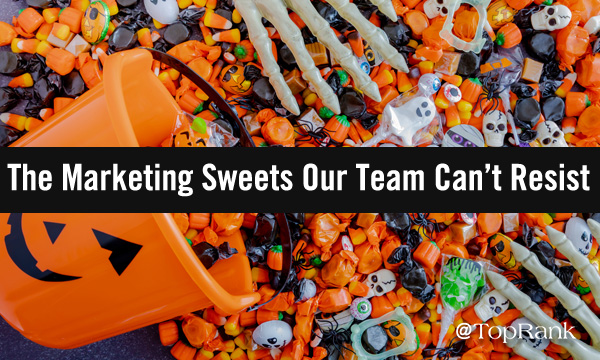
 Josh Nite
Josh Nite Elizabeth Williams
Elizabeth Williams Nick Nelson
Nick Nelson Annie Leuman
Annie Leuman Ashley Zeckman
Ashley Zeckman Tiffani Allen
Tiffani Allen Lane Ellis
Lane Ellis


 This menace killed Market Street’s work faster than any other marketing monster with a single, villainous move: a typo. Instead of reading copy backwards, forwards, and upside-down, the team rushed through the proofing process, and their audience rushed away from them. My eyes!
This menace killed Market Street’s work faster than any other marketing monster with a single, villainous move: a typo. Instead of reading copy backwards, forwards, and upside-down, the team rushed through the proofing process, and their audience rushed away from them. My eyes!


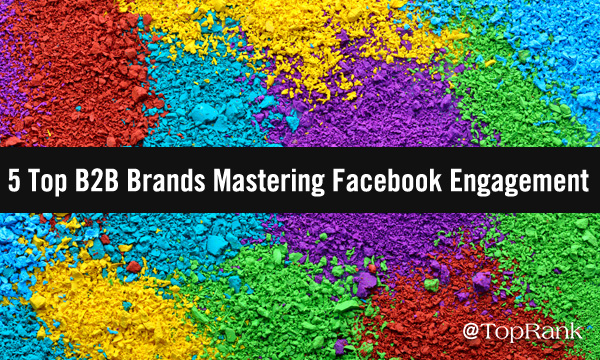
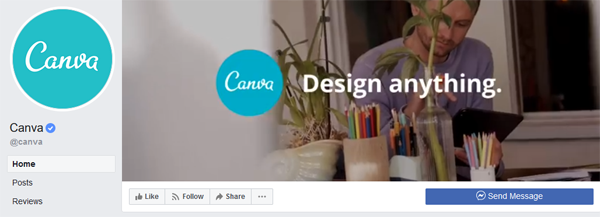
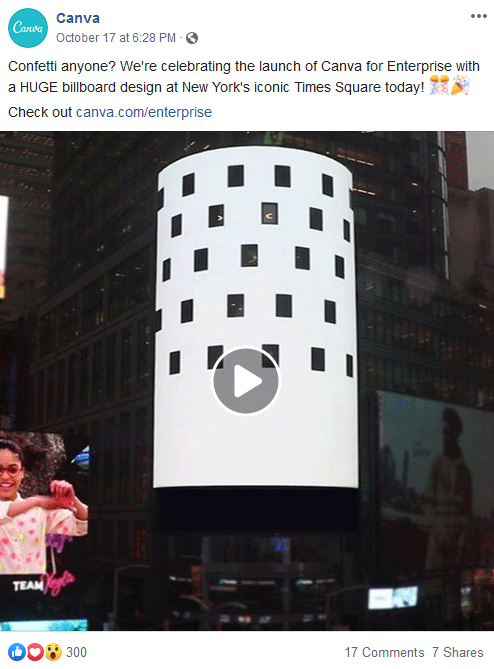 Canva regularly asks relevant questions of its Facebook community and actively responds positively in emoji-rich comments, such as a recent color and hue-related post which inquired
Canva regularly asks relevant questions of its Facebook community and actively responds positively in emoji-rich comments, such as a recent color and hue-related post which inquired 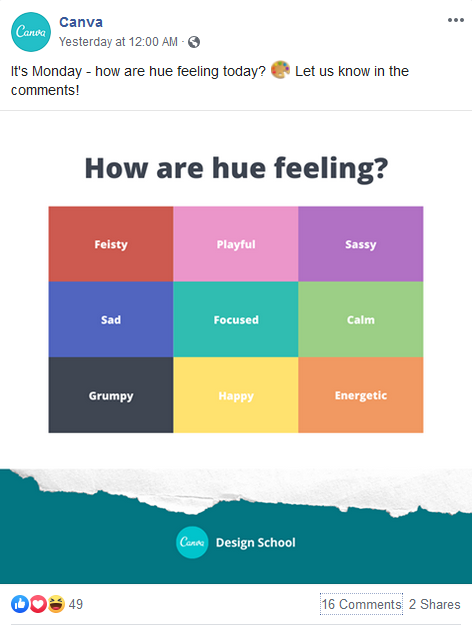 Canva hosts several Facebook groups including a
Canva hosts several Facebook groups including a 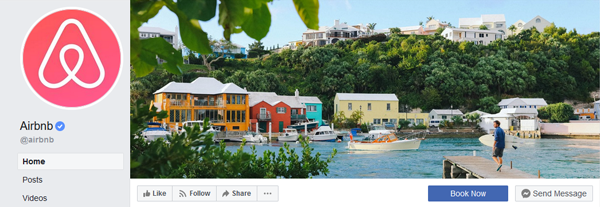
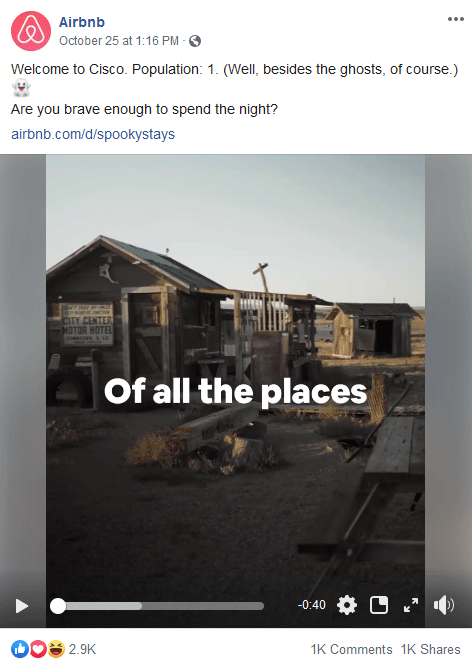
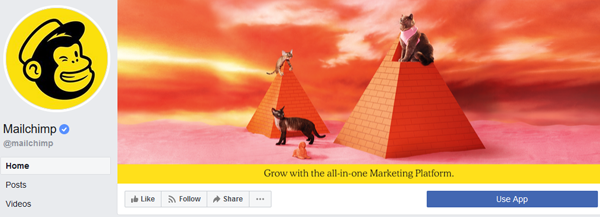
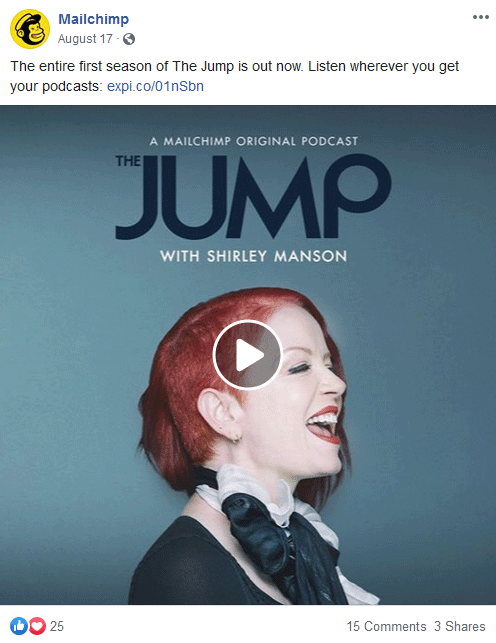
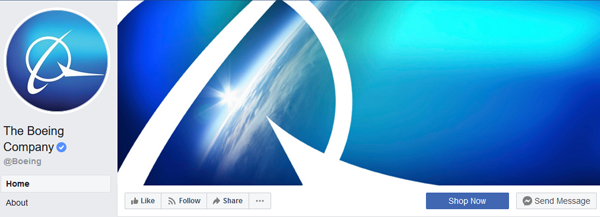
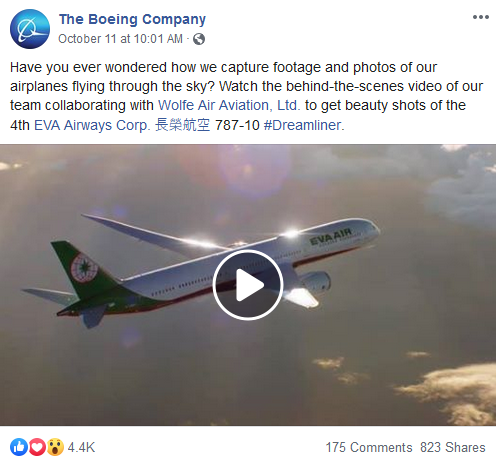 Boeing also regularly encourages its Facebook fans to take part in a variety of corporate social responsibility efforts, such as a recent
Boeing also regularly encourages its Facebook fans to take part in a variety of corporate social responsibility efforts, such as a recent 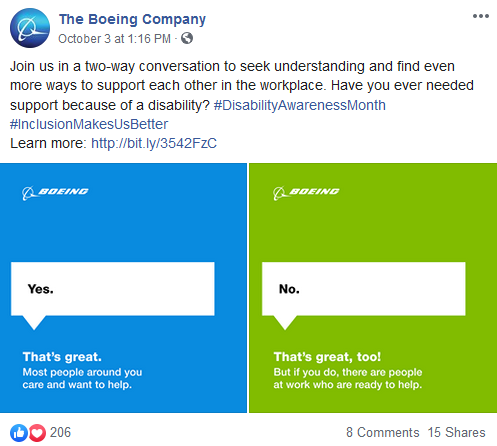
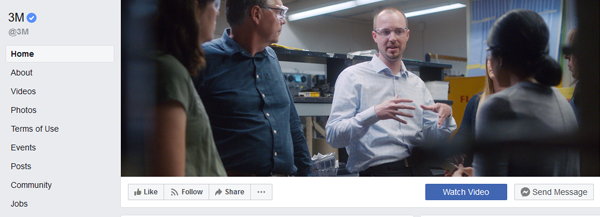
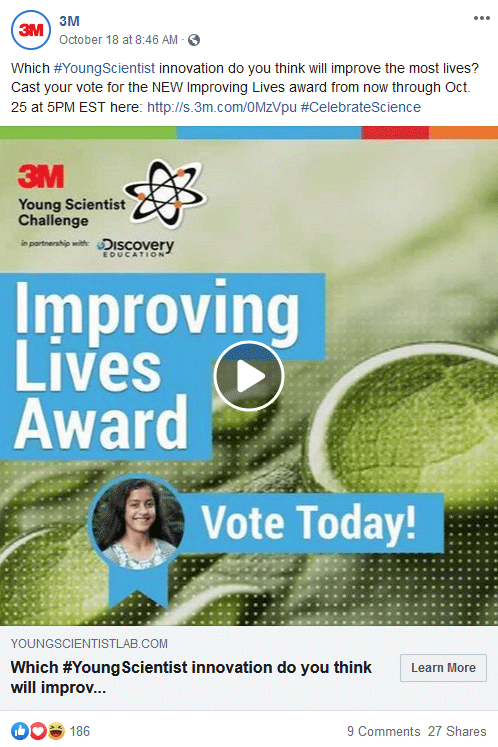 At TopRank Marketing we are
At TopRank Marketing we are 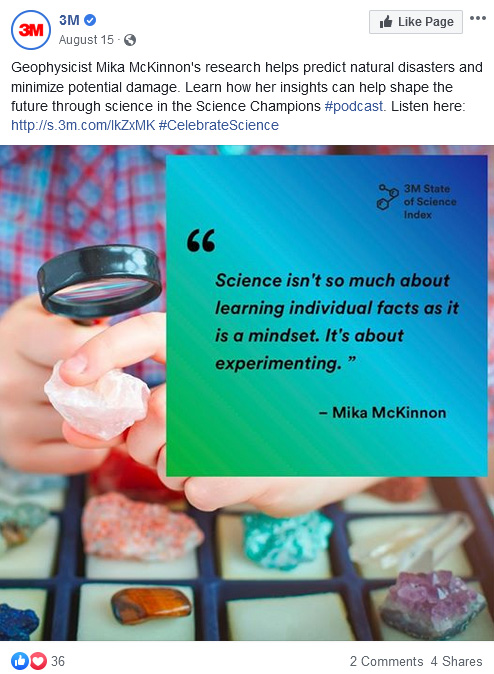 Using podcasting can be a great way to improve customer experience game, and we’ve published several in-depth looks at how B2B marketers can promote podcasts, and have also gathered together an industry-leading list of top marketing-related podcasts, which you can find here:
Using podcasting can be a great way to improve customer experience game, and we’ve published several in-depth looks at how B2B marketers can promote podcasts, and have also gathered together an industry-leading list of top marketing-related podcasts, which you can find here:
 On this episode of the Duct Tape Marketing Podcast, I visit with author and product and marketing executive
On this episode of the Duct Tape Marketing Podcast, I visit with author and product and marketing executive 
